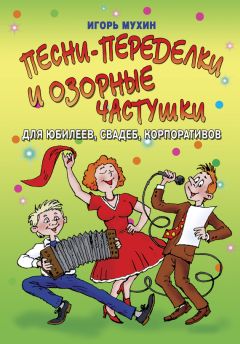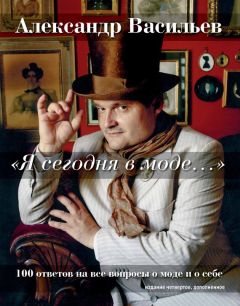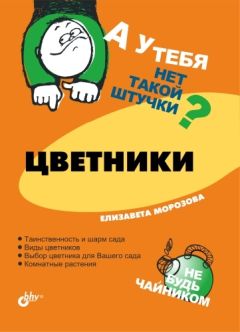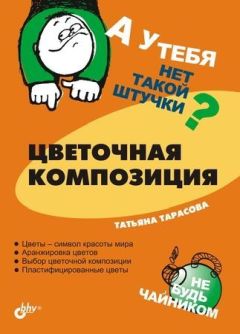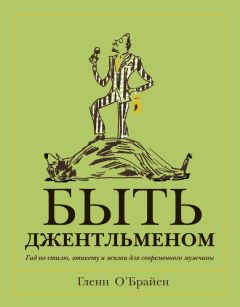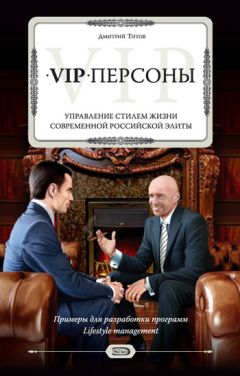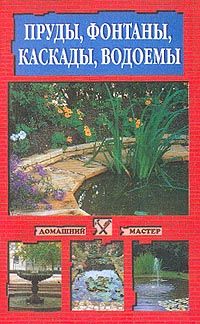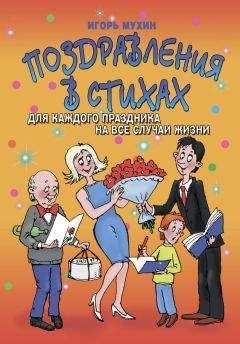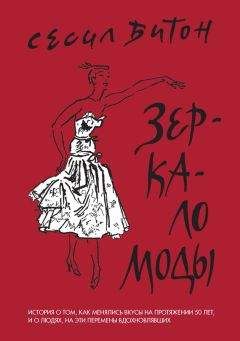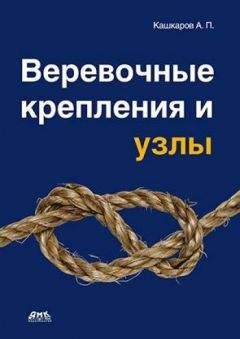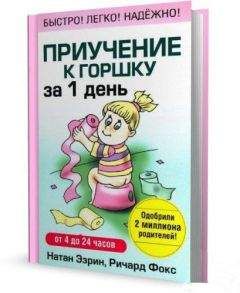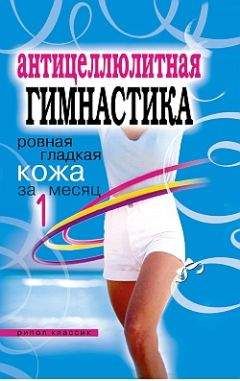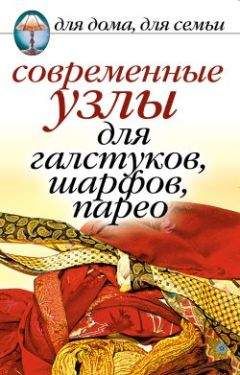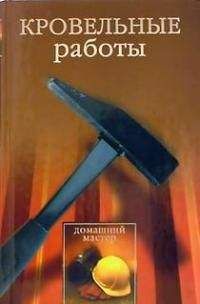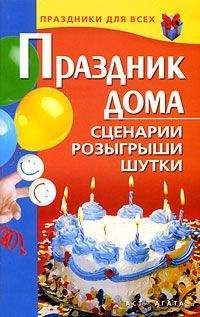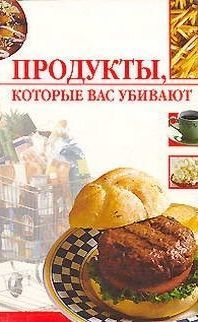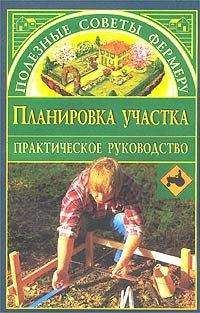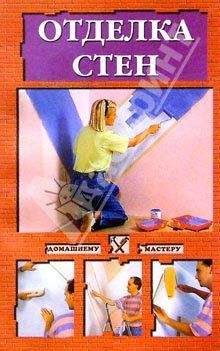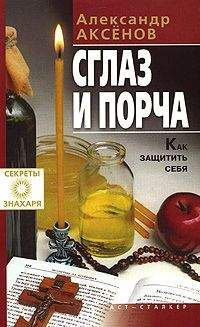Елена Юрова - Блеск и нищета бижутерии. Повседневные украшения в России и СССР, 1880–1980 годы
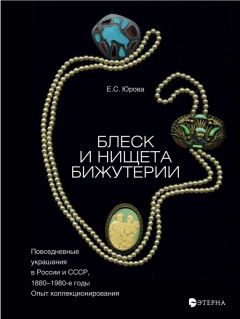
Все авторские права соблюдены. Напишите нам, если Вы не согласны.
Описание книги "Блеск и нищета бижутерии. Повседневные украшения в России и СССР, 1880–1980 годы"
Описание и краткое содержание "Блеск и нищета бижутерии. Повседневные украшения в России и СССР, 1880–1980 годы" читать бесплатно онлайн.
В книге известного московского коллекционера Е.С. Юровой рассказывается об истории бижутерии за сто лет. Во все времена драгоценности были доступны лишь немногим. Недорогие украшения существовали как подделки или как элемент народного костюма. По мере демократизации общества бижутерия постепенно выделилась в отдельный вид прикладного искусства. Дизайном недорогих украшений начали заниматься талантливые художники и ювелиры, а их произведения привлекли внимание искусствоведов и коллекционеров.
Для широкого круга читателей, всех тех, кто интересуется историей прикладного искусства и моды.
As always pearl necklaces remained the most popular (ill. 100,100a). There is a touching story about a former soldier and a young girl, who survived the blockade of Leningrad but completely lost her hair. They were a very affectionate couple, and once he bought her a pearl necklace. At that time the dresses of black velvet were in fashion. The wife had no such dress and decided to try the necklace on her black cat. The cat with the necklace ran away. Later it returned, but evidently without beads. She had fear that the husband will kill the cat, but he simply bought her another similar necklace. She wore it until her death, and the husband put it into her coffin.
In early 1960s after Stalin’s death in USSR foreign jewelry appeared for the first time. In Moscow several exhibitions of Czech glass took place (ill. 95). And after so many years of jewelry starvation our women saw the splendid examples of Czech beads, earrings, bracelets etc. Soon they appeared also in the shops. Elderly ladies liked imitations of garnets and transparent faceted beads (ill. 95). Young girls preferred so called “ fruit salad” beads and braids of beads (ill. 97–99). Imports from China and DDR also began (ill. 102,103).
By the end of the 1950s multi-strand beads became extremely fashionable (ill. 104–107). One fashion magazine even recommended to wear them with your overcoat. Wooden necklaces were also very popular (ill. 109). Soon the wooden beads began to be made in local workshops. The necklaces from Manchurian walnut – real wooden lace, were especially desired (outer necklace on N1.109). Bone carving workshops gradually returned to work in Kholmogory, as well as Rostov enamel masters, and factories making jewelry of semiprecious stones in the Urals (ill. 110–112).
Most wore the production of domestic factories and workshops or Czech jewelry, but at that time there was a group of youth named “styljagy” focused entirely on the western fashion. Their style of clothes and jewelry was exaggeratedly fashionable, and their appearance sharply stood out from the crowd. The authorities conducted an uncompromising struggle with them, and the magazine “Crocodile” constantly published caricatures deriding them (ill. 103). Girls who did not want to or could not work, were also depicted hung with beads and earrings (ill. 104,105). The enemies of the proletariat were also not forgotten: lady Astor in the caricature depicting American capitalism wears both beads, earrings and bracelets (ill. 106).
The US market was indeed overcrowded with costume jewelry, distinguished by the abundance of shiny stones and bright gilding. The only kind of jewelry that disappeared from the US market for a long time was a Czech jewelry. Practically the whole production of Jablonex was exported to USSR. The designs of Czech jewelry didn’t change so strongly over the years. That’s why quite similar brooches often are dated differently: here (1960-70s) and in USA (1920-30s) (ill. 119,119a).
Czech jewelry and the very traditional production of our factories couldn’t satisfy completely the demand of Russian women, who were deprived for a long time of any jewelry. So they started to make it themselves of paper, various seeds, nuts, alder cones, birch bark (ill. 120). Some skilled craftsmen created for their favorite girls whole sets of jewelry (ill. 121, 121a). The method of making beads of bread was also not forgotten (ill. 123).
In the early 1960s long necklaces became extremely fashionable, especially those composed of separate beads connected by chains (ill. 123a-125). The Kaliningrad Amber Factory and Lithuanian masters also decidedly modernised the style of their products (ill. 126,127). Their buyers found plastic beads of fake amber as well (ill. 128).
Brooches with so called “abstract” designs enjoyed exceptional popularity. Brooches, unreleased by Tallinn jewelry factory (label “T30-33 Met”) were very interesting. In the State Art Institute of the Estonian SSR in 1966-68s series of stamped metal brooches were created with ethnographic motifs. Usually they have a brand «Tallin KJ». Similar in style brooches were produced also in Latvia (ill. 129).
In early 1960s the Leningrad jewelry factory (label «ЛФ») and the Leningrad jewelry- watch plant (label «ЛЮ») began to produce brooches in so called “abstract” style by the method of hot enamel (ill. 130–132). The figure after the brand designates the year of production. For example, «ЛФ0» indicates that the brooch was made in 1960. The letter “M” designates that it was made of base metal. Designers of these brooches were young graduates of art school. The Leading role among them played Vera G. Povolotskaya, whose works are now in many museums in Russia. From my point of view, they are no less interesting than, for example, the well-known brooches of French artist Lee Stein, who began to work in late 1960s (ill.133-133b). Many factories made similar brooches using simpler technologies and cheaper materials (ill. 134). The same factories produced a large number of childrens brooches, which were extremely popular at that time (ill. 134a).
The masters working with semiprecious stones also passed to the new style of design (ill. 135). Nevertheless there was not enough jewelry, and many women longed for something rare, peculiar, or unusual. There were many goldsmiths, but at that time private persons were strictly forbidden to work with precious stones and materials. So such masters took a big risk, but their clients did not betray them. At least two of these masters worked very skillfully: one was a brilliant jeweler (ill. 136, 137), the second – a proficient carver (ill. 138, 139).
In 1970s the folk style became very fashionable (ill. 142, 142a). For a long colorful gown large beads of plastics, ceramic, untreated amber and bone fitted very well (ill. 141, 145). Khokhloma workshops that specialized in the manufacturing of hand-painted wooden ware, also began to produce beads and brooches (ill. 143). At the same time in our shops a large number of roughly shaped corals appeared. They were brought from the Ukraine, where they were part of the national costume. Later our women of fashion rearranged them, combining with various silver beads (ill. 146, 146a). At the same time in Moscow the first Indian shop was opened, where among other things ivory jewelry was sold (ill. 148).
Quite different were the brooches (also earrings and rings) that were made in Palekh, Mstera, or Kholui. They were masterly executed miniatures close in style of painting to the Russian icons (ill. 149, 149a). Now you can find a large number of fakes of this jewelry. They differ from the original jewelry by much more rough painting and lack of the thinnest golden ornament. Moreover the genuine wares usually have the inscription «Палех», «Мстера» or «Холуй», the year of manufacture and sometimes the artist’s family name. Similar brooches were made also in Fedoskino, but with different subjects: pretty girls, landscapes etc (the girl in kokoshnic on ill. 149).
The product range of the «Rostov enamel» factory became much more diverse. More simple enamel jewelry was made in small town Pavlovo on Oka (ill. 150). Amber jewelry also became very varied and attractive (ill. 151, 152). Thus jewelers finally preferred natural amber rather than fused and colored, trying to highlight its beauty using minimum processing.
In 1980s costume jewelry was finally rehabilitated. The magazines began writing about fashion jewelry, and our women wore the products with pleasure: many types of chains, leather jewelry, embroidered brooches and pendants, colorful clips and beads, and many bracelets on the arms appeared in their wardrobe (ill. 153–156).
To know more about jewelry we traveled to Jablonex, Venice, St Petersburg, and Dmitrov (ill. 160-168a). It was very interesting, but the most valuable information could be obtained at the flea markets and from the memories of friends and relatives, from old photos, from fiction and published memoirs. Many stories, connected with the cheapest jewelry, are very touching. Women remember the beads or rings, which they wore in their youth. Quite often these stories are associated with a certain magic of jewelry. Especially often the tales refer to the beads which are perceived as a symbol of destiny stringing separate episodes on a single thread.
Such was the story of our great poet Marina Tsvetaeva. In childhood she liked to wear simple necklaces made of shells. And later all her life she loved unusual jewelry. Often she wrote in her letters, that she was charmed by some necklace or ring and will never separate with it. Her destiny was tragic: after revolution she fled with her husband and daughter to France, where she lived in poverty. In 1939 she returned with her family to USSR. There her husband and daughter were arrested. She remained alone without means of support with a teenage son. In 1941 when war began, she was evacuated with her son to a small town on Volga Yelabuga. There she committed suicide. On her last photo of 1940 she wore an amber necklace which she loved very much and apparently dedicated her last poem to it (ill. 173, 173a).
It is time to remove amber,
It is time to change the dictionary,
It is time to extinguish a lamp
Above the door…
(unfortunately, I couldn’t find the translation and have done it myself)
As a result of my researches I understood that I still can’t give a definite answer to Stefany’s question asked many years ago. However this area of collecting turned out to be exclusively interesting. And I am extremely grateful to all who helped me all this time.
E. Yurova
Edited by S. Tomalin
«Кажется, что может быть ничтожнее и бесполезнее этих пустых побрякушек, известных у нас под названием колец, серег, браслетов, фермуаров[1] – одним словом, галантерейных вещей. Не правда ли? Согласитесь сами, что они нисколько не возвышают природной красоты: кольца не сделают атласную ручку еще атласистее, от серег миниатюрные ушки не будут слышать лучше… – а между тем все эти вещи существуют. Зачем? Почему?»
Лучи. Журнал для девиц, СПб., 1852Предыстория
«…пленила ты сердце мое одним взглядом очей твоих,
одним ожерельем на шее твоей…»
Больше 45 лет тому назад началось наше семейное увлечение старинными работами из бисера. Увидев однажды на выставке в московском музее А.С. Пушкина вышитый бисером пояс, мы были потрясены его красотой и начали собирать украшенные бисером вещи, благо в то время они не являлись очень большой редкостью и, что немаловажно, были вполне доступны по цене. Постепенно образовывалась коллекция, а вместе с ее ростом возникал интерес к истории и технике создания этих прелестных старых вещиц. Параллельно осваивались и некоторые приемы их реставрации, поскольку, как правило, они были в состоянии, очень далеком от идеального. Результатом этой многолетней работы явились две книжки о старинном русском бисере: «Старинные русские работы из бисера» и «Эпоха бисера в России».
Интерес к русскому бисеру, конечно, на этом не закончился, но появилось желание уяснить себе, чем отличаются русские работы от бисерного рукоделия других стран. Удовлетворению такого рода любопытства много поспособствовали Интернет и относительно недавно появившаяся возможность непосредственного общения с зарубежными коллегами.
Выяснилось, что общества любителей бисера существуют во многих странах. Особенно их много в США – почти в каждом штате. Есть и Британское бисерное общество (Bead Society of Great Britain), которое издает ежемесячный очень информативный бюллетень, проводит разнообразные семинары и мастер-классы, а также устраивает ежегодные бисерные ярмарки. На одну из таких ярмарок я и отправилась в 2004 году.
Бисерная ярмарка располагалась в Доме культуры лондонского пригорода Харроу. На колоссальной площади, сравнимой с нашим Центральным домом художника в Москве, стояли прилавки с бисером, бусами, книгами, предметами для рукоделия, фурнитурой и прочим. Там я наконец познакомилась со своими интернет-корреспондентками: председательницей британского бисерного общества Стефани Томалин и ее секретарем Кэрол Моррис. Обе оказались женщинами весьма деловыми: у обеих были свои прилавки, и они бойко торговали всякими бусами и бусинами.
1. Е.С. Юрова и Стефани Томалин, Англия, 2006
Внешний облик той и другой вполне соответствовал происходящему: расшитые туники, бусы, цепи, браслеты… Публики было полно. Все очень заинтересованно и серьезно подходили к происходящему, причем речь зачастую шла о выборе всего нескольких бусин: на ярмарке было немало мастеров, делающих авторские стеклянные бусы, которые стоят довольно дорого – от двух фунтов за бусину. Вообще, там подтвердилось мое первое впечатление о том, что поскольку бисер и бусы обозначаются на английском одним словом beads, то их и не различают: коллекционируют, исследуют, пишут о них одни и те же люди. Вот почему на ярмарке фигурировали одновременно и негр с огромными связками экзотических бус, и мастера по изготовлению авторских бусин, и фирмы, торгующие бисером, и рукодельницы, занимающиеся бисероплетением.
Подписывайтесь на наши страницы в социальных сетях.
Будьте в курсе последних книжных новинок, комментируйте, обсуждайте. Мы ждём Вас!
Похожие книги на "Блеск и нищета бижутерии. Повседневные украшения в России и СССР, 1880–1980 годы"
Книги похожие на "Блеск и нищета бижутерии. Повседневные украшения в России и СССР, 1880–1980 годы" читать онлайн или скачать бесплатно полные версии.
Мы рекомендуем Вам зарегистрироваться либо войти на сайт под своим именем.
Отзывы о "Елена Юрова - Блеск и нищета бижутерии. Повседневные украшения в России и СССР, 1880–1980 годы"
Отзывы читателей о книге "Блеск и нищета бижутерии. Повседневные украшения в России и СССР, 1880–1980 годы", комментарии и мнения людей о произведении.






